Tires Maintenance Tips And Guidance
Tires Maintenance Tips And Guidance
Tires are frequently undervalued or ignored. Because they are the only thing that touches the road constantly and because poorly maintained tires can cause catastrophic injury, they require greater care. Here are some fundamental tire maintenance guidelines to follow to avoid accidents caused by something as simple as disregarding the condition of the tires.
Your car’s tires are in charge of maintaining its motion. It is essential to maintain its safety because it is the sole component that directly touches the road. Tire maintenance may be done in a variety of ways. While you may try some of them on your own, the rest will require the help of expert services. In this article, we are here to give you Tires Maintenance Tips And Guidance.
Keep Your Tires Properly Inflated
Regular tire pressure checks will not only prevent frequent punctures, but they will also be essential for improving fuel economy. It is essential to maintain tire pressures at certain levels as advised by the manufacturer to maintain and ensure maximum tire lifespan, safety, cornering at speeds, overall performance, and handling.

Tires that are either overinflated or underinflated will hurt your car’s daily performance. Tires that are overinflated have less contact with the road’s surface; also, the side wall is less flexible and has an impact on the road’s adhesion, which results in reduced vehicle control. Additionally, the underinflated tires increase sidewall flexing and lower total tire diameter, making it more difficult to control the vehicle at various points.
It’s essential to maintain optimum tire pressure to maintain your vehicle’s performance and safety while driving. It’s crucial to regularly check and maintain the proper tire pressure. To start, look up the appropriate tire pressure levels in your car’s handbook, which is usually located inside the gasoline filler flap or on the driver’s side door jamb. Make careful to check tire pressure when the tires are cool because the heat might lead to erroneous pressure readings.
Invest in a reliable tire pressure gauge and check the pressure in each of the four tires to ensure uniformity. Tires that are not properly inflated can cause a variety of issues: underinflated tires lower fuel economy, accelerate tire wear and hurt your vehicle’s handling. Overinflated tires lose traction and can make your ride rough. Regular inspections, ideally once a month and before lengthy journeys, can help avoid these problems.
Pay attention to temperature variations as well because these might affect tire pressure. In addition to making for a safer and more comfortable ride, properly inflated tires also increase fuel efficiency and prolong tire life, which will ultimately cost you less money over time. So, establish the practice of maintaining tire pressure to keep your car in top condition.

You can use the Rhino USA Digital Tier Inflator With a Pressure Gauge to keep the inflation pressure under your control as this is the best tool available in the market.
- Utilize a tire pressure gauge to check your tire pressure frequently.
- For the required tire pressure, see the owner’s handbook of your car.
- Because heat can alter tire pressure measurements, inspect tires when they are cool.
- According to the load you are carrying, adjust tire pressure.
- Make sure the pressure in each of the four tires is constant.
- At least once per month and before long excursions, check the tire pressure.
- Remember that temperature variations might affect tire pressure.
- Underinflated tires can impair fuel economy and cause uneven tire wear, while overinflated tires can diminish traction and result in a rough ride.
- To add or release air as needed, use a reliable air compressor.
Wheel Alignment Services
If you want to keep your automobiles running for a longer period, you must check the wheel alignment and obtain the necessary treatments. It aids in ensuring that every wheel angle is in line with the other components of the vehicle as intended by the manufacturer. The camber, caster, and toe angles are used by tire professionals to evaluate wheel alignment.
Most of the time, tire specialists urge drivers to think about having their wheels aligned at least once every 5,000 kilometers. Otherwise, if they notice uneven wear on the tire, they might consider that. Wheels that are consistently aligned have less wear and tear on their tires.
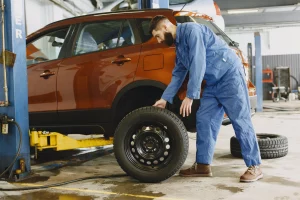
Don’t put off getting your alignment checked. In order to improve the ride’s smoothness and reduce tire wear, wheel alignment has to be done often. We frequently observe that consumers put off alignment until they discover that their car is dragging to one side or the other. It is advised to get your car’s alignment and wheel balance checked twice a year.
- Plan routine wheel alignment inspections, usually when you replace your tires or encounter steering problems.
- All four wheels must be properly aligned to meet manufacturer requirements.
- Uneven tire wear, decreased fuel efficiency, and poor handling can be caused by misaligned wheels.
- Uneven tire wear, steering that pulls to one side, or a crooked steering wheel are all indications of misalignment.
- Invest in expert wheel alignment work at a trustworthy car shop.
- To guarantee uniform tire contact with the road, alignment changes to the camber, caster, and toe settings are made.
- Wheel alignment maximizes tire performance and extends tire life.
- To preserve alignment settings, make sure your suspension components are in good condition.
Rotate Your Car Tiers Regularly:
Make sure you don’t forget rotation schedules, just like you wouldn’t forget to balance and align the wheels. Due to their functions (drive or steer), the front and rear wheels experience distinct wear patterns; by rotating them on a regular basis, wear on them is even and they last their intended life.
Tire specialists advise rotating your tires while you’re driving. Try rotating your tires if you see them wearing down every 5,000 km. While doing so, make sure that each tire has an equal amount of exposure to the road. This will prevent one of the tires from wearing out too quickly and interfering with how you drive.
Healthy tire conditions are ensured by routine tire rotation. The riding experience is still comfortable since the wear on all the tires is homogeneous. Additionally, this procedure also extends the lifespan of tires.
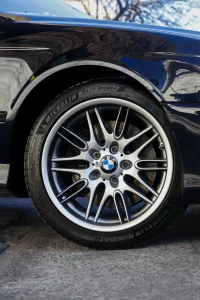
- Rotation ensures that all tires wear equally, increasing their life.
- Improved vehicle handling and stability result from balanced tread wear.
- Tires that are rotated properly keep their best traction, lowering the possibility of accidents.
- Rotations are necessary to maintain the validity of some tire warranties.
- Tires with even wear minimize rolling resistance, increasing fuel economy.
- Rotating tires will cost less than replacing them too soon.
- Even tire deterioration reduces the load on the suspension parts.
- Every 6,000 to 8,000 miles, or as directed in your vehicle’s handbook, rotate your tires.
- To achieve balanced outcomes, seek a skilled technician to do the necessary tire rotation.
- Depending on your vehicle’s powertrain, many rotation patterns exist, including front-to-back, X-pattern, and side-to-side.
- For optimum performance, include tire rotation in your monthly auto maintenance.
- Rotation keeps the performance of all four tires uniform.
Check Your Tiers for Damage
It’s crucial for safety that you regularly (at least once per month) check your tires for damage and make sure they’re in good shape. Have your tire dealer check them if you have any concerns. Any impact, penetration, crack, knot, bulge, or air loss necessitates the removal of the tires and professional inspection.
The other components of a car are likely to be impacted by the damages and decreased performance of the car tires. For instance, they could have an impact on your car’s suspension. The performance of the tires has an impact on the rims of the wheels as well. As a result, tire maintenance might help you avoid spending too much on car repairs.

- Visual inspections must be performed often.
- Look for sidewall damage, such as cuts or punctures.
- Verify the tire for any foreign things like screws, nails, or other objects.
- Look for worn areas, bald patches, or irregular wear patterns in the tread.
- Check tire pressure regularly to spot leaks or underinflation.
- Check the sidewalls of the tire for any bulges or bubbles.
- While driving, pay attention to any unexpected noises or vibrations.
- Look for dry rot or fractures in the rubber of the tire.
- Check the stems and caps of the valves for damage.
- To keep tires safe and performing well, take immediate action on any damage.
- Longer tire life and safer driving are both benefits of routine inspections.
Tier Replacement
Depending on the car and the kind of tire, tire life varies. Therefore, choosing a car and its tires is crucial while keeping in mind your driving habits and tendencies. The tires are likely to need replacement more frequently if you choose to drive in slick conditions or on unreliable surfaces. If this occurs, you must change the tires as soon as the tread wear signal is displayed.
An essential part of vehicle maintenance is tire replacement. Tires deteriorate over time as a result of variables including mileage and road conditions, which can jeopardize their performance and safety. It’s time for replacement when the tread depth reaches a certain level or if there is obvious damage, including cuts or punctures.
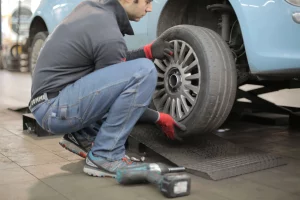
Neglecting worn-out tires can result in decreased handling, braking, and traction, raising the likelihood of accidents. Furthermore, worn tires can have a severe effect on fuel economy and general driving comfort. It’s essential to change tires on schedule using replacements of the highest caliber to guarantee safety and ideal vehicle performance.
- Frequent checking of tread depth.
- When the tread depth is 2/32 inches or less, tires need to be replaced.
- Look for any obvious damage, like cuts, punctures, or bulges.
- Regardless of the level of the tread, replace tires if they are more than six years old.
- For consistent performance, spend money on premium, coordinating tires.
- For durability and safety, maintain the specified tire pressure.
- For best performance, take into account seasonal tire changes (winter/summer).
- Regular tire rotation will guarantee even wear.
- When required, remember to swap out the spare tire.
- The changing of tires properly improves traction, handling, and safety.
- To prevent mishaps and expensive damage, take care of tire replacement right away.
Monsoon Hydroplaning
Urbanites have several difficulties during the rainy season, notably drivers and those who own cars. The tires are more exposed and vulnerable to early wear and tear in these conditions. Driving across a badly saturated road or street during heavy rain is challenging, and it becomes a nightmare if you have worn-out tires since the potential of hydroplaning is constantly there. However, safe driving practices and excellent treads can reduce the danger.
During the monsoon season, tires are more susceptible to early wear and tear. With such tires, it becomes particularly challenging to navigate in flooded regions. There is a possibility of hydroplaning. Therefore, it is suggested that drivers make plans and take precautionary actions to avoid such circumstances.
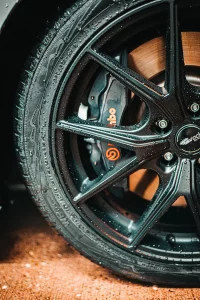
New tires are one of the finest tools to avoid hydroplaning, according to the experts. The strategy is straightforward: instead of having fewer tire grooves, the new tread will enable more water to travel through the grooves, increasing surface grip and preventing hydroplaning
- Tyre contact with the pavement is reduced when there are puddles or standing water on the road.
- Thin water film that separates tires from the road surface causes hydroplaning.
- The car may lose control as a result of this lack of traction.
- Drive safely, below the posted limits, to lessen the chance of hydroplaning.
- Make sure your tires are in excellent condition and have enough tread depth.
- To ensure greater control, avoid utilizing the cruise control when the weather is damp.
- To avoid sliding, steer with a soft and delicate motion.
- To prevent unexpected sliding or locking up, carefully apply the brakes.
- Distractions should be turned off while driving in a lot of rain.
- To enable longer braking distances, increase the following distance.
Avoid Low Profile Tiers
People frequently choose low-profile tires because they appear sporty but are unable to handle the risks brought on by damaged roads, especially in rural regions. Low-profile tires’ narrower sidewalls make them less able to withstand shocks from the road, which causes them to wear out more quickly.
For many drivers, avoiding low-profile tires might be a wise decision. Low-profile tires, distinguished by their low sidewalls and higher rim diameters, may provide some cars with a sportier look and better handling. They frequently involve trade-offs, though. Due to their decreased sidewall cushioning, these tires have a tendency to deliver a rougher and less pleasant ride.

Additionally, because there is less rubber to cushion impacts, they are more vulnerable to damage from potholes and other road irregularities. Low-profile tires might also cost more to replace than regular tires. Sticking with regular tires is frequently the preferable choice for most everyday drivers looking for a pleasant and economical answer.
- Because the sidewall cushioning is lessened with low-profile tires, the ride may be harsher and less pleasant.
- Because there is less rubber on these tires, they are more vulnerable to damage from potholes and other road irregularities.
- In general, low-profile tires cost more to replace than conventional tires.
- Less traction and grip may result from reduced sidewall height, particularly in bad weather.
- They may generate additional vibrations and road noise, which would make driving less comfortable overall.
- Less protection against damage from potholes is provided by the shorter sidewalls.
- Low-profile tires are frequently chosen because of their athletic look, however, they may forgo functionality in favor of style.

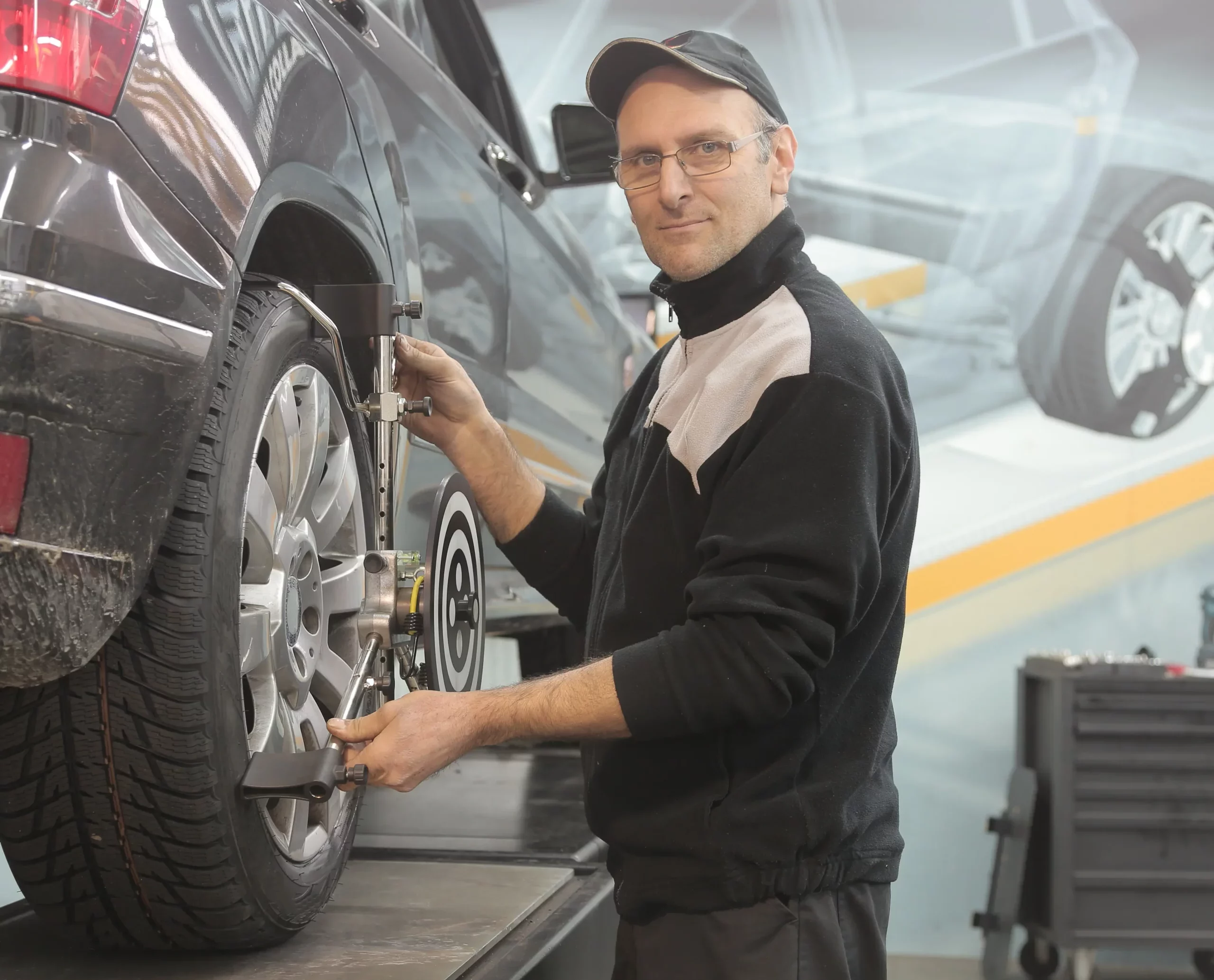
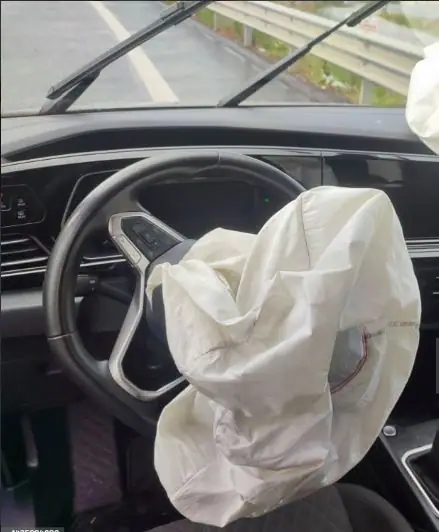
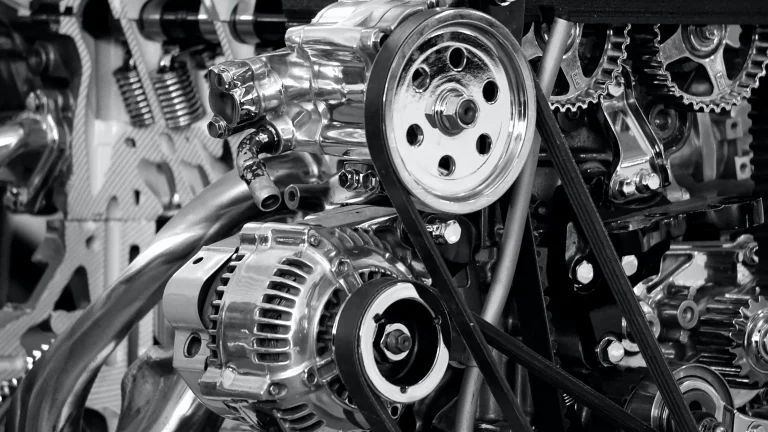
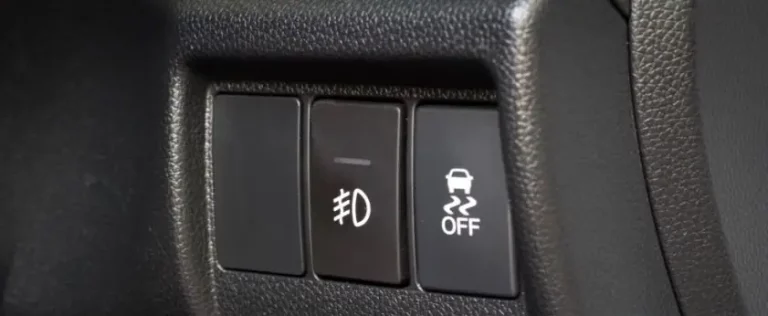
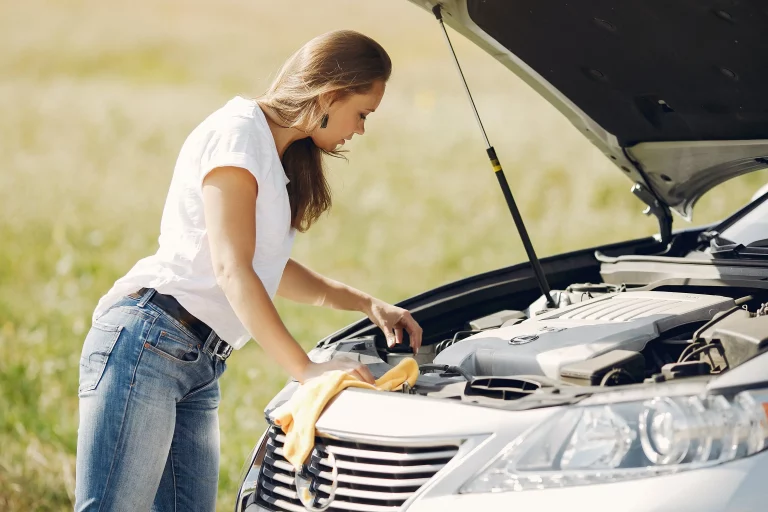


4 Comments